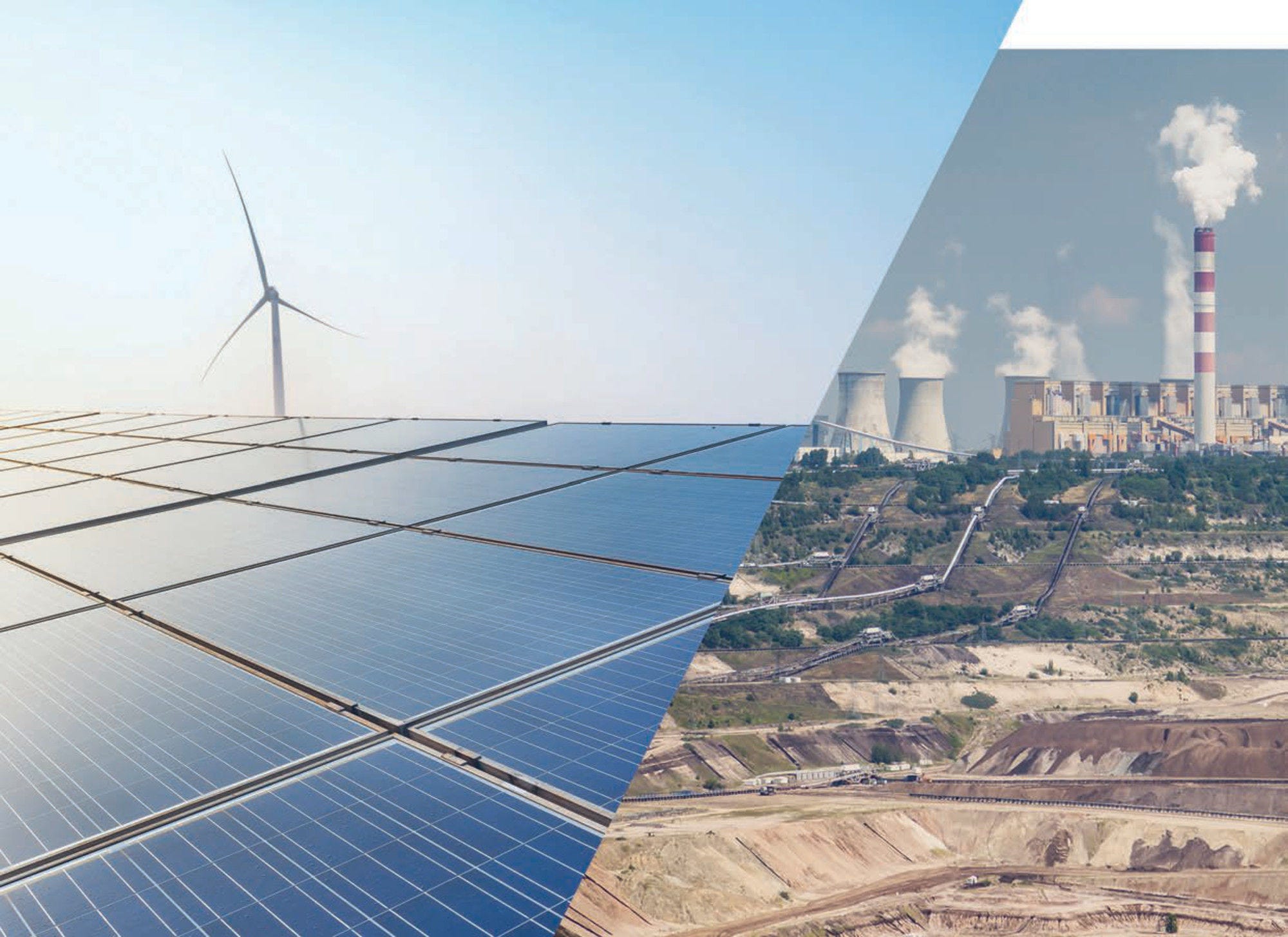The adverse impacts of climate change on human societies and nature are increasingly well-known and highlight the need to accelerate the transition to net-zero greenhouse gas (GHG) emissions, by targeting carbon dioxide (CO2) and other GHGs such as methane, nitrous oxide and fluorinated gases. Cutting and eventually phasing out GHG emissions would limit the adverse impacts from climate change on economies while improving other environmental outcomes such as air and water quality. Delaying the transition towards net zero GHG emissions will maintain dependency on carbon-intensive capital and engender higher future costs. Successfully transitioning to net-zero GHG emissions requires effective mitigation policy packages, which include carbon pricing, a cost-effective policy instrument that also raises revenue that can be deployed to support the transition.
This fourth edition of Effective Carbon Rates 2023 sheds light on the state of carbon pricing, encompassing fuel excise taxes, carbon taxes and emissions trading systems as of 2021, with updates reflecting developments up to 2023. The policy instruments covered directly increase the cost of emitting GHGs, thereby stimulating a transition in production, consumption and investment choices to low- or zero-carbon alternatives.
The analysis covers 72 countries, collectively emitting approximately 80% of global GHG emissions in 2021. The use of a common methodology to track carbon pricing efforts ensures comparability across countries and sectors. Providing comprehensive and comparable information on the current state of GHG emissions pricing can assist policymakers in establishing priorities and improving carbon mitigation policies. For example, improving such policies can be done by increasing prices, broadening the coverage of the pricing instruments and introducing complementary mitigation policies.
Within each of the 72 countries, the effective carbon rates (ECRs) are measured across seven sectors. These sectors include six economic sectors which together account for all CO2 emissions from energy use – agriculture and fisheries, buildings, electricity, industry, off-road transport and road transport. The seventh sector captures other GHG emissions from methane (CH4), nitrous oxide (N2O), fluorinated gases (F-gases) and process CO2. The report highlights the structure of ECRs across countries and sectors in 2021; detailed information on ECRs is available on OECD Data Explorer.1
The year 2021 witnessed significant developments on carbon pricing. China and Germany introduced new ETSs, while Canada strengthened its federal benchmark criteria for explicit carbon pricing (i.e. carbon taxes or emissions trading systems). Moreover, many ETSs saw a significant increase in permit prices since 2021, particularly the European Union emissions trading system (EU ETS). The policy landscape has undergone transformations since 2021 due to the energy crisis compounded by Russia’s war of aggression against Ukraine, triggering responses from both governments and market participants to attenuate the impact of energy price hikes. These developments have had implications for carbon pricing in 2022 and 2023.
